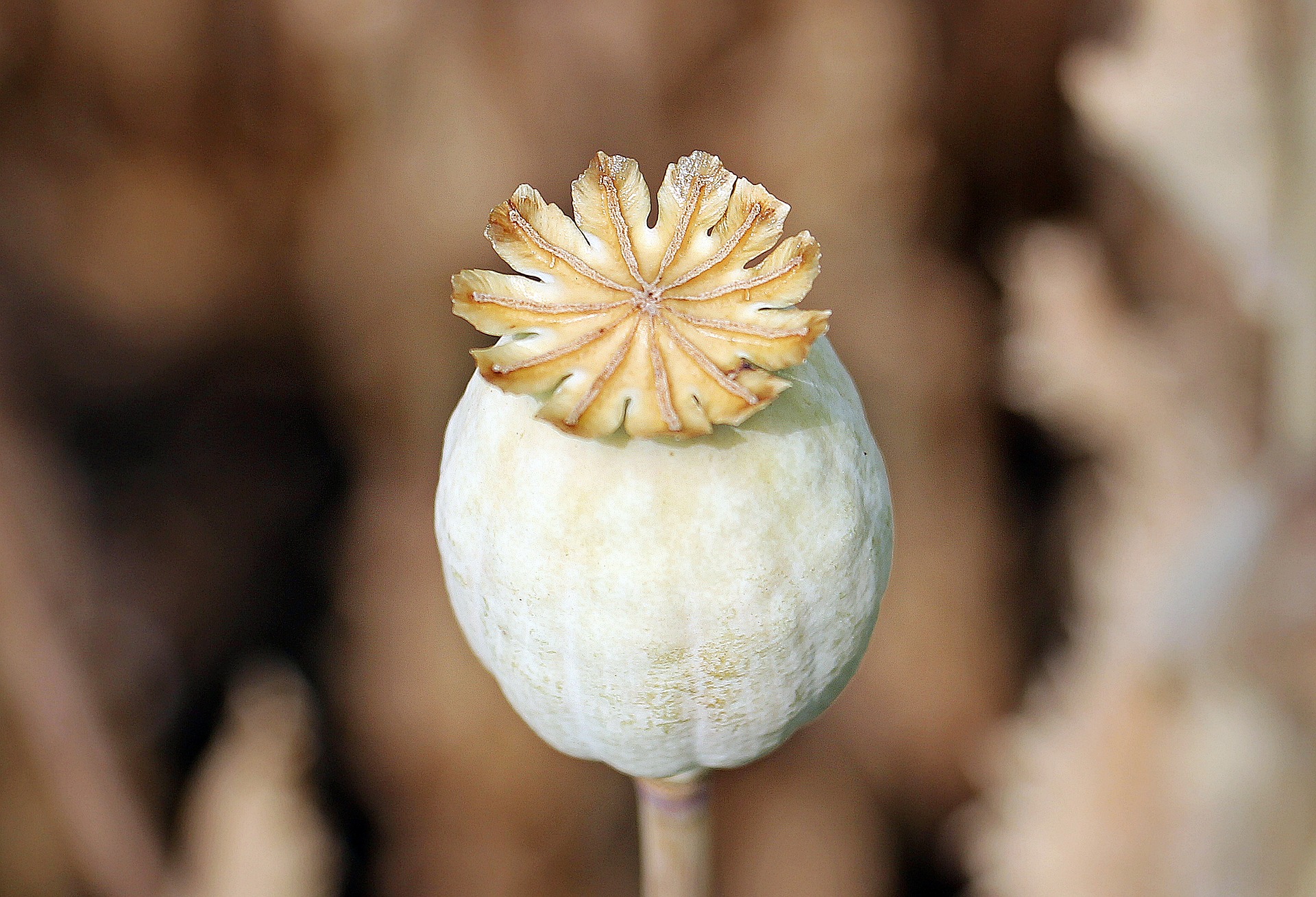Each narcotic drug is put in a class depending on it’s abuse and addiction potential, as well as its medicinal usability.
What Are the Different Classes of Narcotics?
The Drug Enforcement Administration created drug classes in order to differentiate between different types of drugs and their potential for abuse as well as benefits. Narcotics––also known as opioids––are found in all five classes. If you have been abusing these drugs and need to seek help, call 800-934-1582(Sponsored) today.
What Are Narcotics and Their Drug Classes?
Narcotic is a term often used to describe any type of drug imaginable, but in actuality, the word refers to a specific type of drug. According to the National Library of Medicine, narcotics are drugs that are either synthesized from or derived straight from the poppy plant, and they “work by binding to receptors in the brain, which blocks the feeling of pain.”
Because of this uncertainty about the term, the word opioid should be used as much as possible, but narcotic is still appropriate as well.
All types of controlled substances––narcotics among them––fall under one of the categories below.
- Schedule I substances: These drugs are extremely dangerous with a high potential for abuse. There are also no medicinal uses for them.
- Schedule II substances: The substances can lead to dependence and have a high potential for abuse. However, they can still be used medically but only by prescription.
- Schedule III substances: These substances have a “moderate to low potential for physical or psychological dependence”.
- Schedule IV substances: These have a very low risk of dependence and other issues for those who use them medically.
- Schedule V substances: These have the lowest potential for abuse and often little to no potential for dependence. These are some of the least risky, controlled substances available, but they still need to be controlled to a certain degree.
Different narcotics (or opioids) fall into all five of these categories. Understanding which types are the most dangerous and what these classes mean can help you avoid any issues associated with abuse or addiction.
Class/Schedule I Narcotics
Schedule I narcotics are extremely dangerous. They are not approved for any type of medical use and can create severe physical and psychological dependence in those who abuse them. The use of Schedule I drugs can quickly lead to addiction.
While there are other types of synthesized opioids that are not considered safe for medicinal use, the only type of Schedule I opioid you are likely to encounter is heroin. Heroin can cause addiction extremely quickly after a person begins abusing it, and according to the Center for Substance Abuse Research, it is a highly addictive drug no matter how it is used. In order to stay safe from the potential of heroin addiction, it is best never to use it.
Class/Schedule II Narcotics
Class II narcotics can also be addictive when abused. However, they can help treat issues like chronic or very severe pain as well as, in some cases, addiction to opioids. According to the National Institute on Drug Abuse, some commonly prescribed Schedule II medications include:
These drugs must always be prescribed by a doctor and taken by the patient exactly as prescribed. A person can also overdose on these drugs and experience severe respiratory depression, so if you are currently taking any Schedule II narcotics, it is very important to take your prescription seriously.
Class/Schedule III Narcotics
Schedule III opioids are not as likely to cause addiction (as well as physical or psychological dependence) as Schedule II drugs are. But a person will still need to take their prescription seriously and not stray from their prescribed dosage in order to be safe.
Morphine and codeine are two types of narcotics that can fall into Schedule II or III depending on the amount being prescribed. As stated by the DEA, “Products containing less than 90 milligrams of codeine per dosage” are included in Class III (DEA 2).
Class/Schedule IV and V Narcotics
Schedule IV and V narcotics do exist, though they are often used for a different reason than other, more powerful medications. Tramadol is considered a very weak opioid, and therefore, it is placed in Class IV. Sometimes, codeine can be found in certain Class V drugs, which are often cold medicines.
Seek Help for Narcotic Abuse Today
If you have been abusing any type of opioid drug, it is time to seek help. Call 800-934-1582(Sponsored) now to find a rehab center that will cater to your needs and allow you to recover safely and effectively.
the Take-Away


